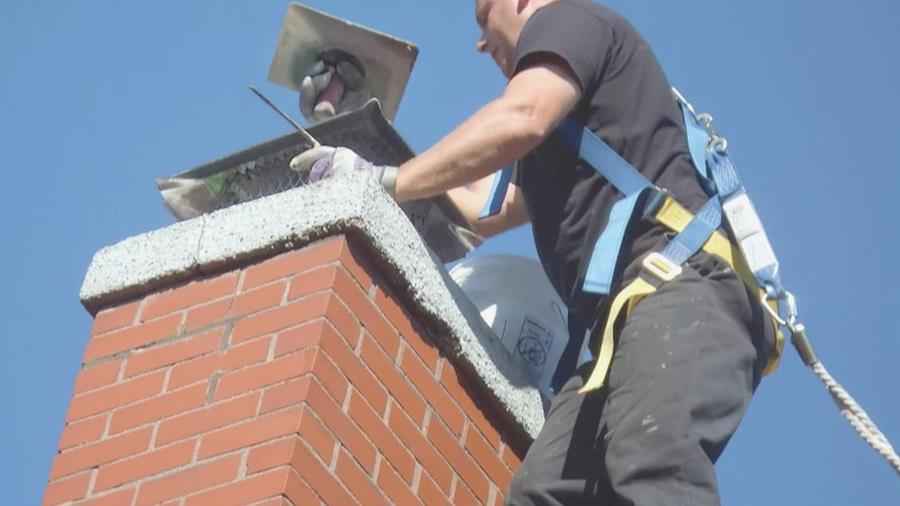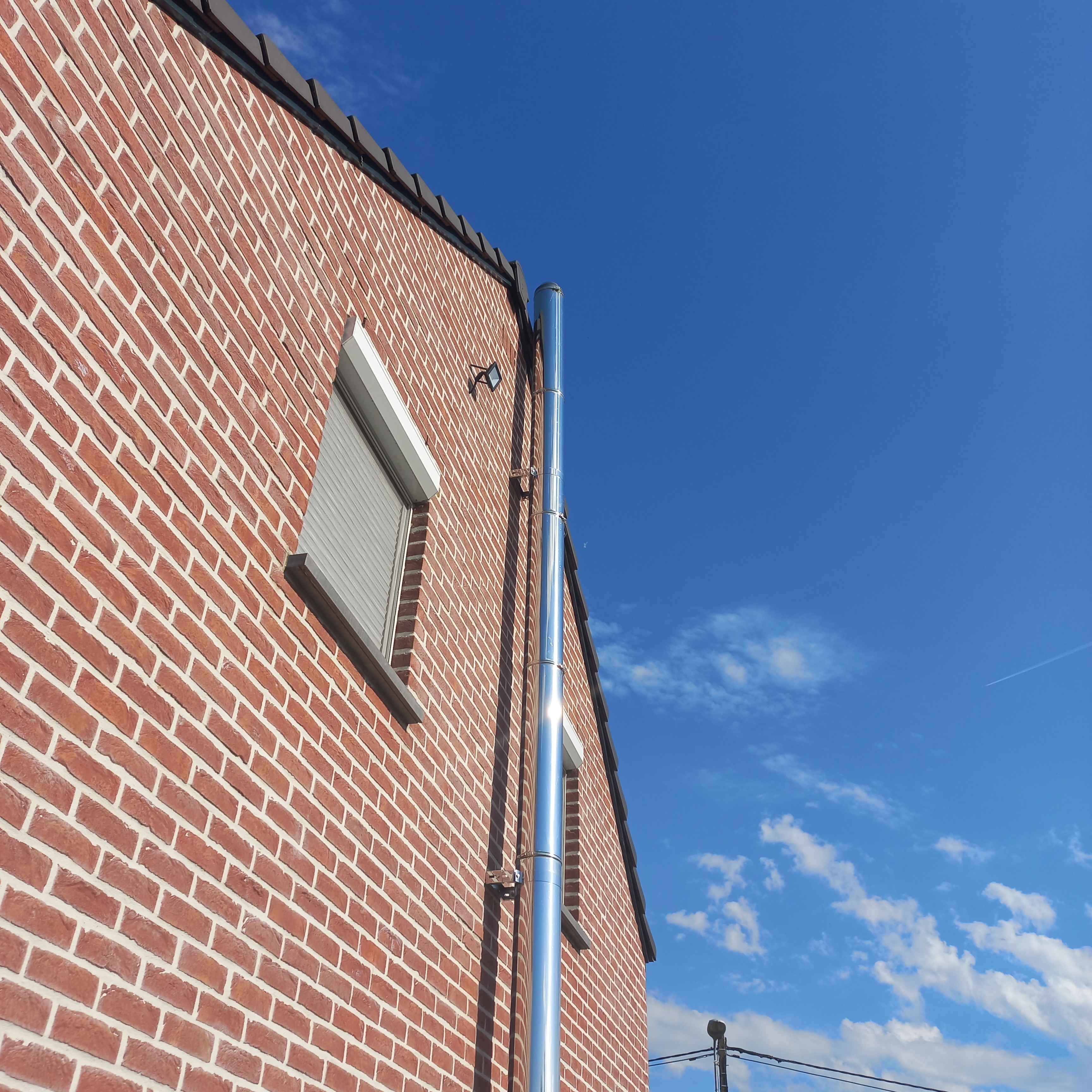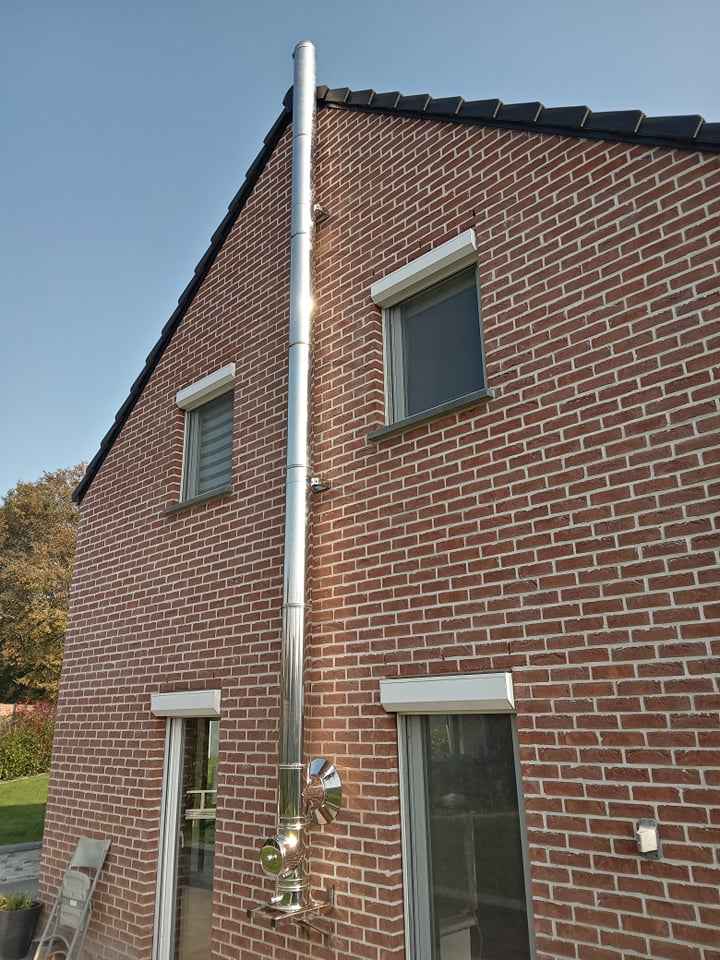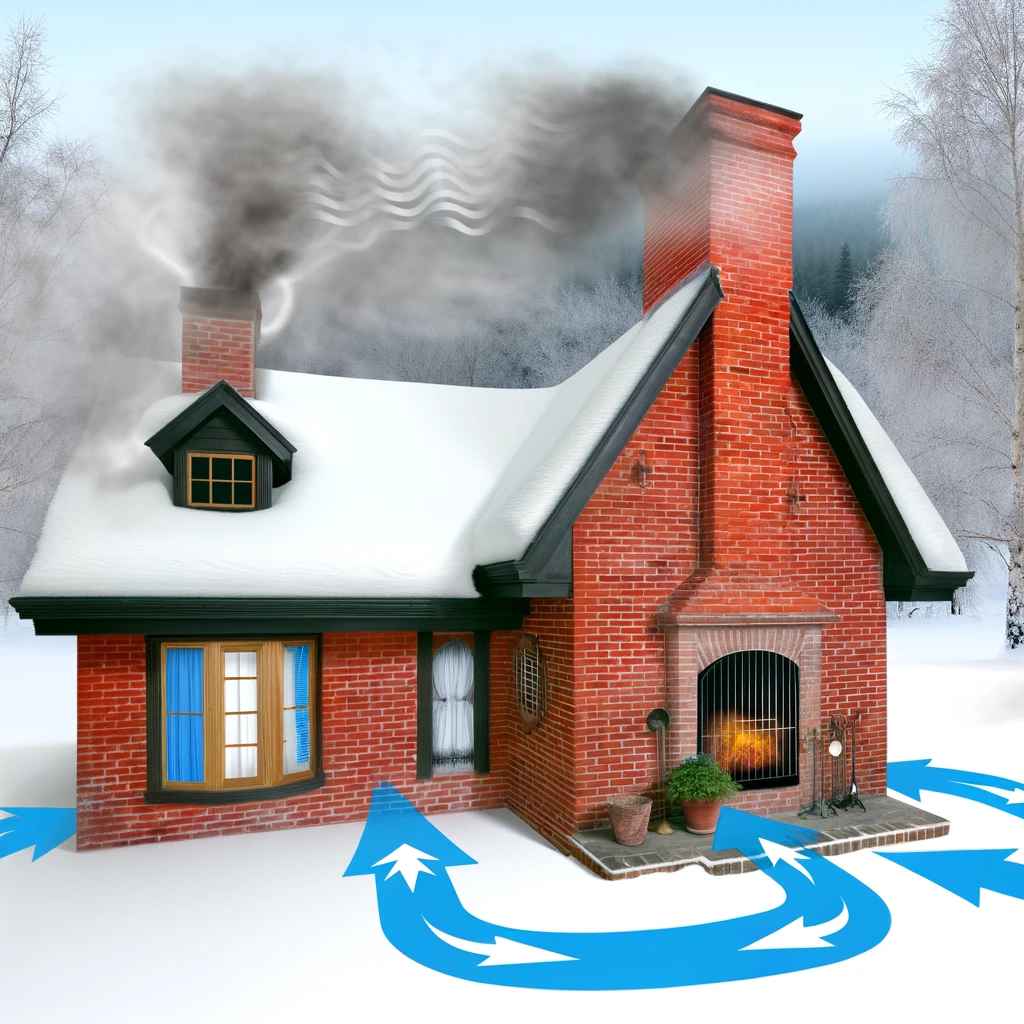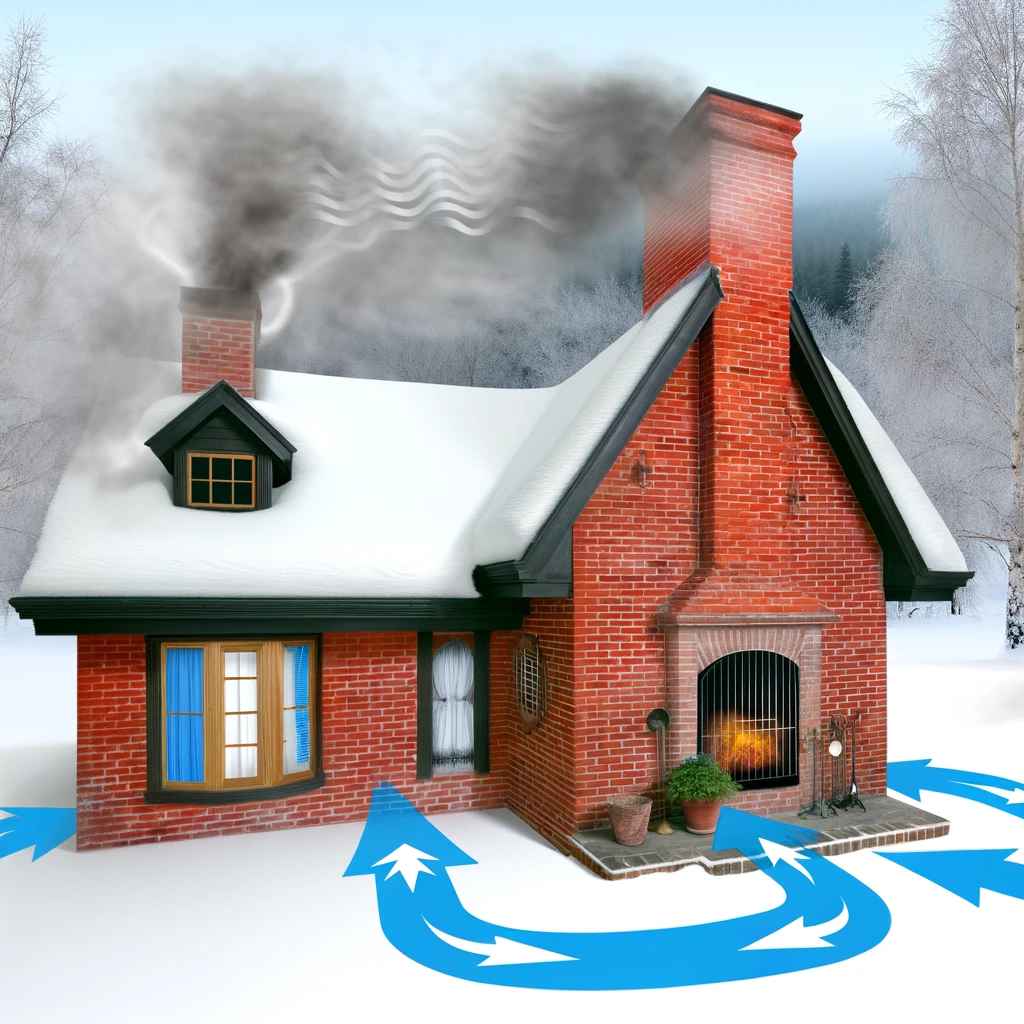Smoke Backdrafting in the Chimney: Draft Issue? Discover the Causes and Solutions
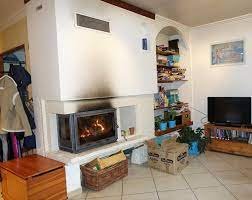
Smoke Backdrafting in the Chimney: Draft Issue? Discover the Causes and Solutions
Understanding Smoke Backdraft in Your Chimney
Today, Bricomachin is here to explain why you might be experiencing smoke backdraft issues in your chimney. You might be wondering: why does smoke back into my chimney? Is it due to insufficient draft or other factors?
Chimney backdraft is a real concern when you try to light a fire in your wood stove or open fireplace. This can lead to your home being filled with smoke, putting your health and property at risk.
The problem occurs when combustion fumes are not properly vented outside through the chimney flue, causing them to stagnate inside.
First and foremost, it is crucial to ask the right questions. What is the condition of your chimney? Have you considered having it swept? What type of chimney do you have? Is it a masonry flue, a rigid or flexible tube in single or double wall? How many years has the installation been in place? Have you encountered similar problems in the past? These questions prompt reflection and could bring up often forgotten past experiences.
Is it necessary to call in a professional to solve these problems? Of course, it is preferable to consult a specialist. Bricomachin cannot replace the expertise of a professional, moreover, no website can!
Regarding the state of your chimney, if you lack information or do not feel capable, BricoMachin advises you to call in a professional who can analyze your flue using a camera and perform an external visual inspection to detect potential problems such as water infiltration, porous joints, or a flue obstructed by soot deposits or dead animals. Life is in motion, isn't it wonderful?
If you use controlled mechanical ventilation (CMV) during the lighting of your fire and your house is recent, there may not be enough air in the room to allow adequate smoke evacuation. The solution would then be to switch to a sealed stove that takes air directly from outside the building rather than from inside.
In general, when you face a chimney backdraft, it can indicate various causes, some of which are listed below:
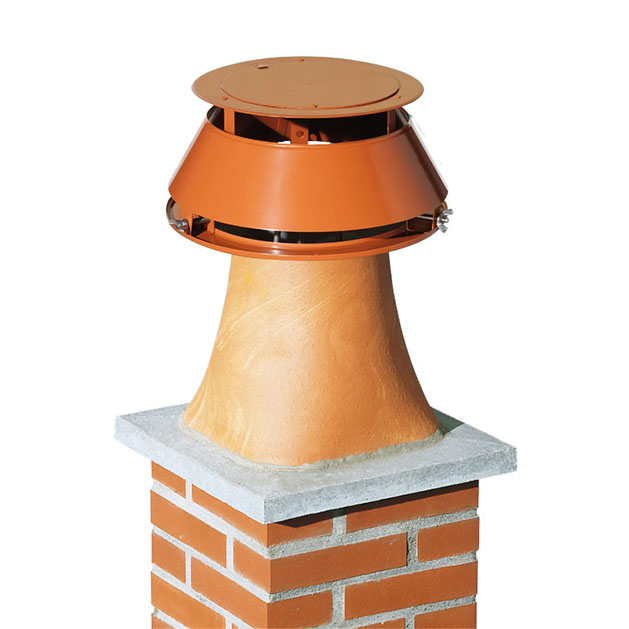
Here are some troubleshooting tips along with their potential solutions:
- The chimney may be too low, in which case it would be necessary to raise the flue.
- The combustion gases may not be hot enough, which could cool them too quickly as they rise. Adequate insulation of the flue is the solution, for example by using a double-walled pipe inserted into the existing flue.
- Turbulence in the flue could be caused by the absence of a metal liner. Lining the flue could reduce turbulence.
- An obstructed flue requires the intervention of a chimney sweep or can be cleaned by yourself. Consult our dedicated article for more information on this operation.
- If the flue is not airtight, you might consider rejointing the flue or passing a liner to ensure airtightness.
- Insufficient air supply can be resolved by directly connecting your stove to an external air intake or by opening a window in the same room during use. However, the latter method is not recommended for safety reasons.
- The height of your chimney relative to the roof may create an overpressure zone. In this case, raising the chimney might be necessary, but this must be done carefully and ideally by a professional.
- Insufficient draft can be caused by various factors, such as inadequate flue dimension relative to the wood stove, too low flue temperature, or an inappropriate flue configuration with angles and bends.
In general, if you notice problems with a masonry chimney flue, one of the recurring solutions is to install a rigid or flexible liner. Although this option may involve costs, it can significantly reduce these inconveniences.
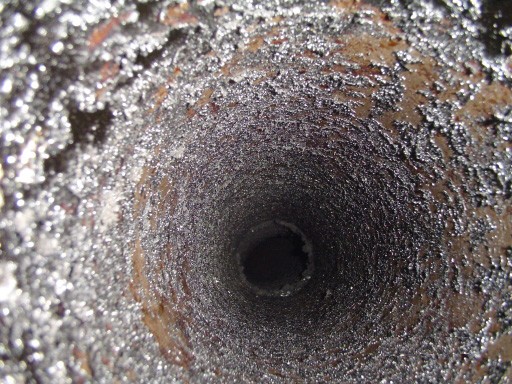
Photo of a chimney flue that has accumulated several years of use.
Enjoy the warmth and cozy atmosphere of a fireplace fire without the unpleasant smoke backdraft.
Follow these wise tips to prevent this problem and ensure the safety and well-being of your home.
- Regular maintenance and sweeping: Hire a certified professional to sweep your chimney at least once a year, or more if you use it frequently. Sweeping removes soot and creosote deposits, thus reducing the risk of fire and improving draft.
- Checking and maintaining the chimney flue: Regularly inspect the flue of your chimney for any cracks, obstructions, or sealing issues. Repair or replace damaged parts to ensure efficient smoke evacuation.
- Using suitable fuels: Choose dry and well-seasoned wood, ideally for two years, to limit the production of creosote. Avoid burning treated wood, plastic, or other materials that could release toxins and clog the flue.
- Optimizing combustion air: Ensure that the room where the chimney is located is adequately ventilated to provide good air supply to the fire. If you have controlled mechanical ventilation (CMV), check that it does not hinder the chimney's draft.
- Installing a chimney cap: Equip your chimney with a suitable cap to prevent the entry of rain, snow, or animals that could obstruct or damage the flue. Choose a model that matches your chimney type to not hinder the draft.
- Monitoring weather conditions: Be aware of conditions that may affect the draft, such as high-pressure days or strong winds, and adjust the use of your chimney accordingly.
- Education and awareness: Learn about the operation of your chimney and the basic principles of combustion to prevent backdraft issues. Also, ensure that all household members know the proper use of the chimney.
FAQ on Using Your Chimney
- Q1: Why does smoke invade my interior through the chimney?
R1: Several factors can cause smoke backdraft, such as insufficient draft due to a blocked or poorly designed flue, use of unsuitable fuels, insufficient ventilation in the room, or unfavorable weather conditions.
- Q2: How often is it recommended to have your chimney swept?
R2: It is recommended to have your chimney swept at least once a year. If you use your chimney or wood stove regularly, additional sweeping may be necessary.
- Q3: How can I ensure that the wood is dry enough to be burned?
R3: The wood should be dried for at least two years. You can check if it is dry by knocking two logs together: they should sound hollow. Additionally, cracks should be visible at the ends, and the wood's moisture content should not exceed 20%.
- Q4: Is a chimney cap an essential element?
R4: Indeed, a chimney cap is essential to prevent rain, snow, and animals from entering the flue while allowing smoke to escape properly.
- Q5: What should I do if I find that my chimney flue is blocked?
R5: In case of obstruction, call a professional for sweeping and inspection. Do not attempt to use the chimney until the flue is cleared.
- Q6: Can controlled mechanical ventilation (CMV) impact the draft of my chimney?
R6: Yes, a CMV can disrupt the draft by creating a negative pressure that prevents smoke from escaping properly. Ensure that your home is adequately ventilated to compensate.
- Q7: How can I improve the draft of my chimney?
R7: To improve the draft, ensure that the flue is clean and clear, use dry wood, ensure good ventilation in the room, and consider installing a chimney cap or smoke extractor if necessary.
- Q8: Is it possible to burn paper or cardboard in my chimney?
R8: Although it may seem harmless, burning paper or cardboard can promote the accumulation of creosote and clog the flue. It is better to stick to dry wood.
- Q9: What should I do when smoke invades the room during the use of the chimney?
R9: If smoke enters the room, safely extinguish the fire and ventilate the room. Check if the damper is open and if the flue is not obstructed. Call a professional for inspection and advice.
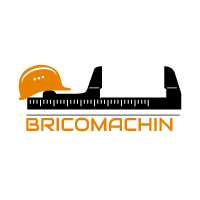

 Francais
Francais